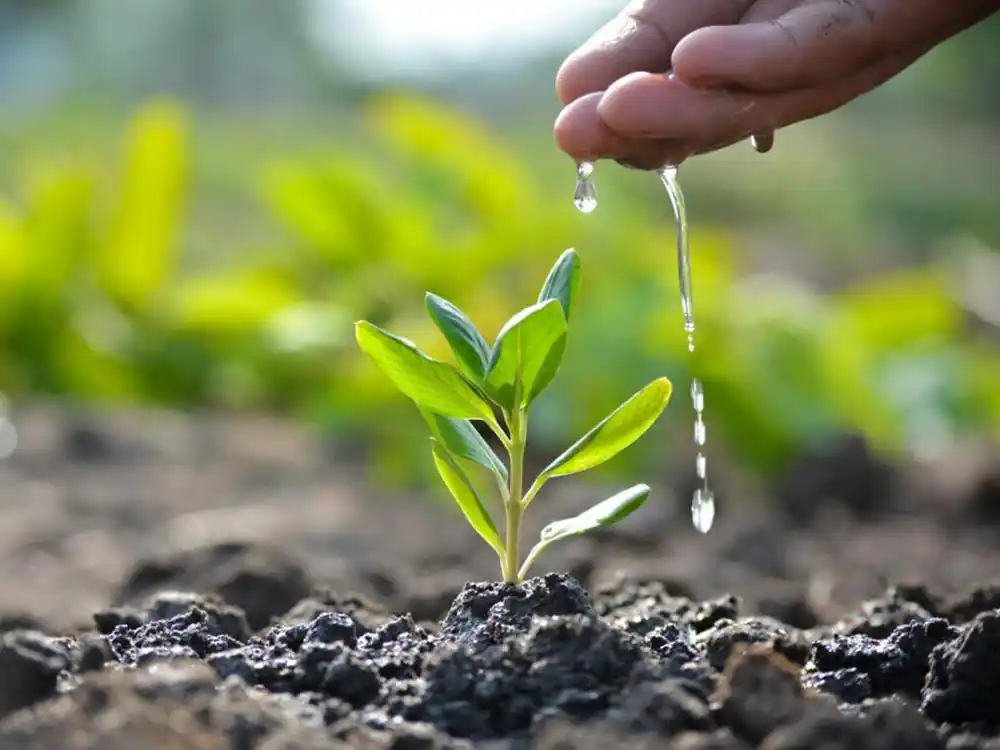
In today’s world, where the impacts of climate change are becoming increasingly evident, understanding key concepts related to carbon, planet Earth, and sustainability is crucial. From mitigating carbon emissions to promoting renewable energy and biodiversity conservation, these topics shape our collective efforts towards building a more sustainable and resilient future. This A to Z dictionary serves as a comprehensive guide, providing insights into essential terms and concepts that underpin our understanding of environmental challenges and solutions. By exploring this dictionary, individuals and communities can gain a deeper appreciation for the interconnectedness of environmental issues and the urgent need for action to protect our planet.

The envelope of gases surrounding the Earth, including the greenhouse gases that regulate the planet's temperature.

The variety and variability of life on Earth, encompassing ecosystems, species, and genetic diversity.

The total amount of greenhouse gases emitted directly or indirectly by human activities, typically measured in units of carbon dioxide equivalents.

The clearing of forests, primarily for agricultural expansion, logging, and urban development, leading to habitat loss and carbon emissions.

The practice of using less energy to achieve the same level of output, reducing carbon emissions and energy costs.

Non-renewable energy sources such as coal, oil, and natural gas, formed from the remains of ancient plants and animals and major contributors to carbon emissions.

The long term increase in Earth's average surface temperature, primarily due to human activities such as burning fossil fuels and deforestation

The destruction or degradation of natural habitats, threatening biodiversity and contributing to climate change.

A scientific body established by the United Nations to assess the science, impacts, and risks of climate change.

High altitude, fast flowing air currents in the Earth's atmosphere, influenced by temperature differences between polar and tropical regions and playing a role in weather patterns and climate dynamics.

An international treaty aimed at reducing greenhouse gas emissions, setting binding targets for developed countries to cut their emissions.

The deterioration of land quality, often caused by deforestation, overgrazing, and agricultural practices, leading to loss of soil fertility and biodiversity.

Actions taken to reduce or prevent the emission of greenhouse gases, including energy efficiency measures, renewable energy deployment, and afforestation.

The Earth's renewable and non-renewable materials, including air, water, soil, minerals, and biodiversity, essential for sustaining life and economic activities.

A region of Earth's stratosphere contains a high concentration of ozone molecules, protecting life on Earth by absorbing harmful ultraviolet radiation.

An international treaty signed by nearly 200 countries, aiming to limit global warming to well below 2 degrees celsius above pre-industrial levels and pursue efforts to limit it to 1.5 degrees celsius.

The overall well-being and satisfaction of individuals and communities, influenced by factors such as access to clean air, water, food, and green spaces.

Energy derived from natural sources that are replenished over time, such as sunlight, wind, and water, offering sustainable alternatives to fossil fuels.

Development that meets the needs of the present without compromising the ability of future generations to meet their own needs, balancing economic, social, and environmental considerations.

The act of planting trees to restore forests, sequester carbon, and enhance biodiversity, playing a crucial role in climate change mitigation and adaptation efforts.

The process of population concentration in urban areas, leading to increased energy consumption, pollution, and habitat fragmentation, but also offering opportunities for sustainable development and innovation.

Volcanic activity significantly impacts the environment, causing destruction but also promoting new growth and restoration involving replanting native vegetation, stabilizing soil, and rebuilding habitats.

The lack of sufficient available water resources to meet the demands of human activities and ecosystems, exacerbated by climate change, population growth, and unsustainable water management practices.

Synthetic chemicals, pollutants, and contaminants introduced into the environment by human activities, posing risks to ecosystems and human health.

The involvement of young people in climate action, advocacy, and decision making processes, recognizing their role as agents of change and custodians of the planet's future.

The goal of minimizing waste generation and maximizing resource recovery through reduce, reuse, and recycle strategies, contributing to environmental sustainability and circular economy principles.

As we reach the end of our A to Z journey, we are reminded of the interconnectedness of all life on Earth and the profound impact of human activities on the planet. From renewable energy and biodiversity conservation to climate mitigation and sustainable development, each concept plays a vital role in shaping our path towards a more resilient and equitable future. By continuing to educate ourselves and take collective action, we can work towards building a world where people and nature thrive in harmony, leaving a legacy of sustainability for generations to come.